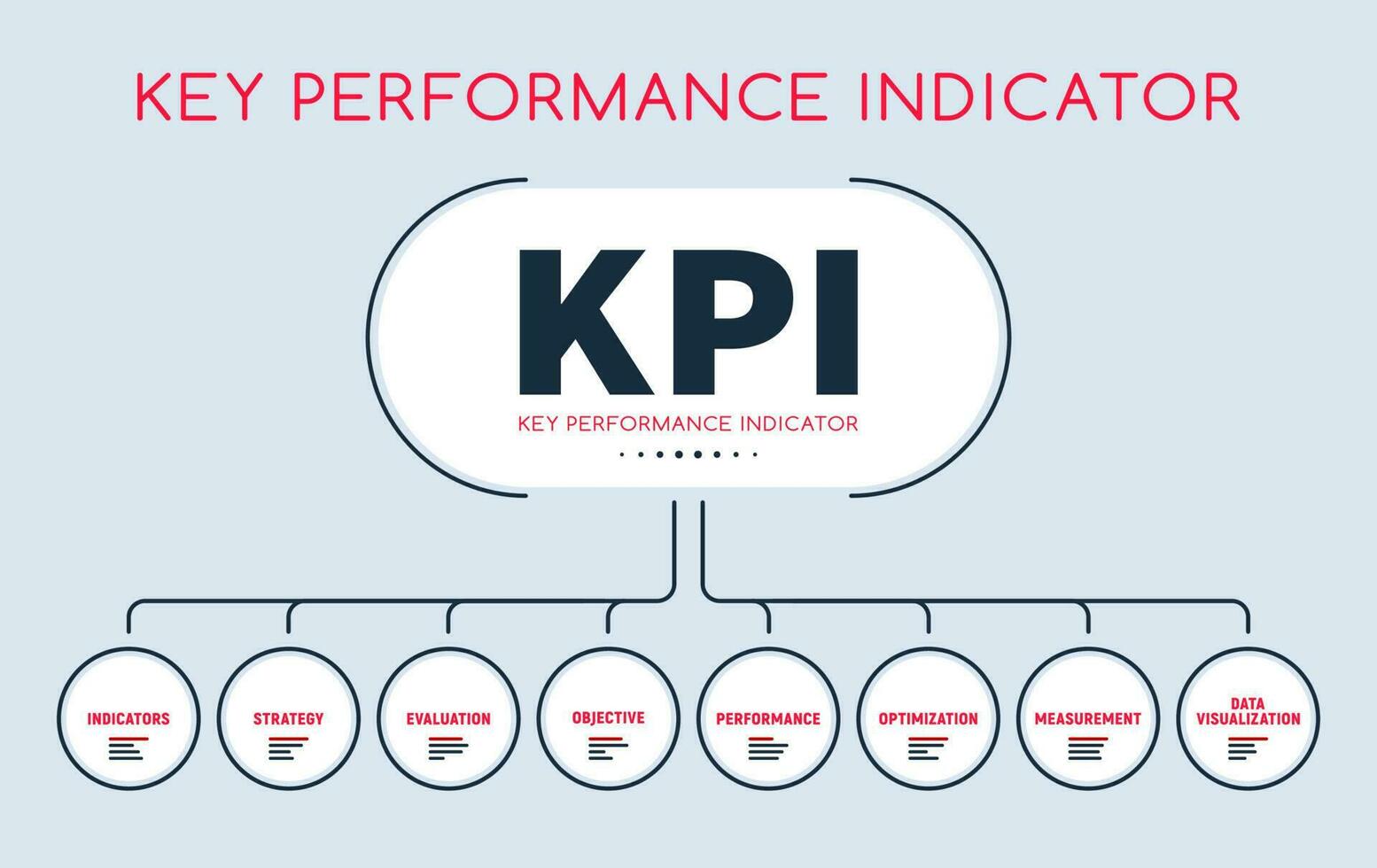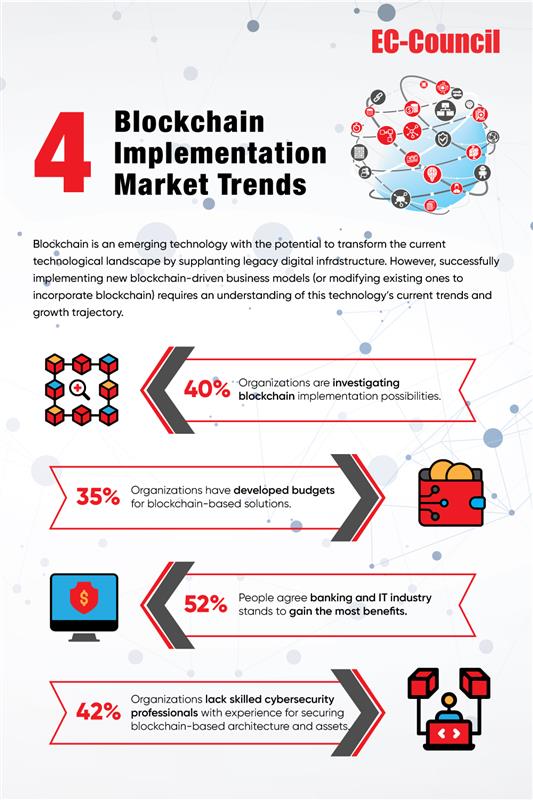Understanding the Building Blocks of Blockchain Business Models
Blockchain-based business models rely on a combination of key components to function effectively. At the heart of these models is distributed ledger technology, which enables multiple parties to record and verify transactions in a secure and transparent manner. This decentralized approach allows for real-time updates and ensures that all parties have access to the same information.
Another crucial component of blockchain-based business models is smart contracts. These self-executing contracts with the terms of the agreement written directly into lines of code enable the automation of various business processes, such as supply chain management and payment settlements. By using smart contracts, businesses can reduce the need for intermediaries and increase the efficiency of their operations.
Cryptocurrency is also a key component of many blockchain-based business models. By using digital currencies, businesses can facilitate fast and secure transactions, reducing the need for traditional payment systems. Additionally, cryptocurrency can be used to create new revenue streams, such as through the sale of tokens or coins.
Successful implementations of blockchain-based business models can be seen in various industries, including supply chain management and voting systems. For example, Maersk, the world’s largest container shipping company, has developed a blockchain-based platform to track and verify the origin and movement of goods. This platform has increased the efficiency and transparency of the supply chain, reducing the risk of counterfeiting and improving the overall customer experience.
Similarly, blockchain-based voting systems have been implemented in various countries, including Estonia and Switzerland. These systems enable secure and transparent voting processes, reducing the risk of electoral fraud and increasing voter turnout.
How to Create a Blockchain-Based Business Model that Drives Growth
Developing a blockchain-based business model requires a strategic approach that takes into account the unique characteristics of this technology. To create a successful model, businesses must first identify suitable use cases that can benefit from the decentralized and transparent nature of blockchain. This may involve analyzing existing business processes and identifying areas where blockchain can add value, such as supply chain management or payment processing.
Once a suitable use case has been identified, businesses must design a token economy that aligns with their business goals. This involves creating a token that has a clear purpose and value proposition, as well as a system for distributing and managing the token. The token economy should be designed to incentivize desired behaviors, such as user engagement or data sharing, and should be aligned with the overall business strategy.
Building a community-driven ecosystem is also critical to the success of a blockchain-based business model. This involves creating a network of users, developers, and partners who are invested in the success of the platform. Businesses can foster a sense of community by providing education and support, as well as by encouraging user participation and feedback.
A well-designed blockchain-based business model can drive growth by increasing efficiency, reducing costs, and improving customer engagement. By leveraging the decentralized and transparent nature of blockchain, businesses can create new revenue streams, improve supply chain management, and enhance the overall customer experience.
For example, a company like Walmart could use blockchain to create a transparent and efficient supply chain management system. By tracking the origin and movement of goods on a blockchain, Walmart could reduce the risk of counterfeiting and improve the overall quality of its products. Additionally, Walmart could use blockchain to create a token-based loyalty program that rewards customers for purchasing certain products or engaging in certain behaviors.
Similarly, a company like Uber could use blockchain to create a decentralized and transparent ride-sharing platform. By using blockchain to track the movement of vehicles and the behavior of drivers, Uber could improve the overall safety and efficiency of its platform. Additionally, Uber could use blockchain to create a token-based system for rewarding drivers and riders for good behavior.
Real-World Examples of Blockchain-Based Business Models in Action
Several companies have successfully implemented blockchain-based business models, demonstrating the potential of this technology to drive growth and innovation. One notable example is Maersk, the world’s largest container shipping company, which has developed a blockchain-based platform to track and verify the origin and movement of goods.
Maersk’s platform, which is built on the Hyperledger Fabric blockchain, enables the company to create a transparent and tamper-proof record of all transactions. This has improved the efficiency and security of Maersk’s supply chain, reducing the risk of counterfeiting and improving the overall quality of its products.
Another example of a successful blockchain-based business model is Compound, a decentralized finance (DeFi) platform that enables users to lend and borrow cryptocurrencies. Compound’s platform is built on the Ethereum blockchain and uses smart contracts to automate the lending and borrowing process.
Compound’s platform has been successful in providing a secure and transparent way for users to access credit, and has attracted a large and active user base. The platform’s use of blockchain technology has also enabled it to reduce the risk of default and improve the overall efficiency of the lending and borrowing process.
These examples demonstrate the potential of blockchain-based business models to drive growth and innovation in various industries. By leveraging the decentralized and transparent nature of blockchain technology, companies can create new revenue streams, improve supply chain management, and enhance the overall customer experience.
Other notable examples of blockchain-based business models include the use of blockchain in voting systems, such as the one implemented by the city of Zug, Switzerland. This system enables citizens to vote securely and transparently, using a blockchain-based platform to record and verify votes.
Another example is the use of blockchain in the music industry, such as the platform developed by the music streaming service, Audius. This platform enables artists to create and manage their own music libraries, using blockchain technology to track and verify ownership and royalties.
Overcoming the Challenges of Implementing Blockchain-Based Business Models
While blockchain-based business models offer numerous benefits, they also present several challenges that must be addressed. One of the primary challenges is regulatory uncertainty, as the regulatory landscape for blockchain is still evolving and varies across different jurisdictions.
To overcome this challenge, businesses must stay up-to-date with the latest regulatory developments and ensure that their blockchain-based business models comply with relevant laws and regulations. This may involve working with regulatory bodies, industry associations, and other stakeholders to develop clear guidelines and standards for the use of blockchain technology.
Another challenge is scalability, as many blockchain platforms are still in the early stages of development and may not be able to handle large volumes of transactions. To overcome this challenge, businesses must invest in the development of scalable blockchain solutions, such as sharding, off-chain transactions, and second-layer scaling solutions.
Talent acquisition is also a significant challenge, as the demand for blockchain developers and experts far exceeds the available supply. To overcome this challenge, businesses must invest in training and development programs, as well as partner with universities and other organizations to develop the next generation of blockchain talent.
Finally, businesses must also address the challenge of interoperability, as different blockchain platforms may not be compatible with each other. To overcome this challenge, businesses must invest in the development of interoperability solutions, such as cross-chain bridges and atomic swaps.
By addressing these challenges, businesses can unlock the full potential of blockchain-based business models and achieve significant benefits, including increased efficiency, reduced costs, and improved customer experience.
For example, a company like Walmart could use blockchain to create a transparent and efficient supply chain management system, but would need to address the challenges of regulatory uncertainty, scalability, talent acquisition, and interoperability to ensure the success of the project.
Similarly, a company like JPMorgan Chase could use blockchain to create a decentralized and secure payment system, but would need to address the challenges of regulatory uncertainty, scalability, talent acquisition, and interoperability to ensure the success of the project.
The Future of Commerce: Trends and Innovations in Blockchain-Based Business Models
The future of commerce is rapidly evolving, and blockchain-based business models are at the forefront of this transformation. Emerging trends and innovations in blockchain technology are poised to revolutionize various industries, from supply chain management to finance and beyond.
One of the most significant trends in blockchain-based business models is the integration of artificial intelligence (AI). AI-powered blockchain solutions can automate complex business processes, improve decision-making, and enhance the overall efficiency of blockchain-based systems.
Another trend is the integration of the Internet of Things (IoT) with blockchain technology. IoT devices can generate vast amounts of data, which can be securely stored and managed on a blockchain. This can enable new use cases, such as smart supply chain management and autonomous vehicles.
Additionally, the rise of decentralized finance (DeFi) platforms is transforming the financial industry. DeFi platforms enable users to lend, borrow, and trade cryptocurrencies in a decentralized and secure manner, without the need for intermediaries.
The integration of blockchain technology with other emerging technologies, such as 5G networks and quantum computing, is also expected to have a significant impact on various industries. For example, the use of 5G networks can enable faster and more secure data transfer, while quantum computing can enable more complex and secure cryptographic algorithms.
As these trends and innovations continue to evolve, it is essential for businesses to stay ahead of the curve and explore the possibilities of blockchain-based business models. By embracing these emerging technologies, businesses can unlock new revenue streams, improve efficiency, and enhance the overall customer experience.
For example, a company like Amazon could use blockchain technology to create a secure and transparent supply chain management system, leveraging AI and IoT to optimize logistics and improve customer satisfaction.
Similarly, a company like JPMorgan Chase could use blockchain technology to create a decentralized and secure payment system, leveraging DeFi platforms and AI to improve the efficiency and security of transactions.
Measuring Success: Key Performance Indicators (KPIs) for Blockchain-Based Business Models
Measuring the success of blockchain-based business models requires a deep understanding of the key performance indicators (KPIs) that drive growth and adoption. By tracking and analyzing these metrics, businesses can optimize their blockchain-based business models and achieve greater success.
One essential KPI for blockchain-based business models is adoption rate. This metric measures the number of users or customers who are adopting the blockchain-based solution, and can be tracked through metrics such as user acquisition costs, customer retention rates, and revenue growth.
Another important KPI is user engagement. This metric measures the level of interaction and engagement between users and the blockchain-based solution, and can be tracked through metrics such as transaction volume, user activity, and customer satisfaction.
Revenue growth is also a critical KPI for blockchain-based business models. This metric measures the increase in revenue generated by the blockchain-based solution, and can be tracked through metrics such as revenue per user, customer lifetime value, and return on investment (ROI).
Additionally, businesses should also track and analyze metrics such as network congestion, transaction fees, and smart contract execution times. These metrics can provide valuable insights into the performance and efficiency of the blockchain-based solution, and can help businesses optimize their models for greater success.
By tracking and analyzing these KPIs, businesses can gain a deeper understanding of the performance and potential of their blockchain-based business models. This can help businesses make data-driven decisions, optimize their models for greater success, and achieve greater growth and adoption.
For example, a company like Walmart could use KPIs such as adoption rate, user engagement, and revenue growth to measure the success of its blockchain-based supply chain management system. By tracking and analyzing these metrics, Walmart could optimize its system for greater efficiency, reduce costs, and improve customer satisfaction.
Similarly, a company like JPMorgan Chase could use KPIs such as transaction volume, user activity, and customer satisfaction to measure the success of its blockchain-based payment system. By tracking and analyzing these metrics, JPMorgan Chase could optimize its system for greater security, reduce transaction fees, and improve customer experience.
Conclusion: Embracing the Potential of Blockchain-Based Business Models
Blockchain-based business models have the potential to revolutionize the way companies operate and interact with their customers. By leveraging the decentralized and transparent nature of blockchain technology, businesses can create new revenue streams, improve efficiency, and enhance the overall customer experience.
However, implementing blockchain-based business models also presents several challenges, including regulatory uncertainty, scalability issues, and talent acquisition. To overcome these obstacles, businesses must stay up-to-date with the latest developments in blockchain technology and regulatory frameworks.
Despite these challenges, the benefits of blockchain-based business models far outweigh the costs. By embracing the potential of decentralized commerce, businesses can gain a competitive edge, improve their bottom line, and create new opportunities for growth and innovation.
As the use of blockchain technology continues to grow, we can expect to see more businesses adopting blockchain-based business models. By understanding the benefits and challenges of these models, businesses can position themselves for success in the rapidly evolving digital landscape.
In conclusion, blockchain-based business models have the potential to transform the way companies operate and interact with their customers. By embracing the potential of decentralized commerce, businesses can create new revenue streams, improve efficiency, and enhance the overall customer experience.
As we move forward, it is essential to continue exploring the possibilities of blockchain-based business models and to stay up-to-date with the latest developments in this rapidly evolving field. By doing so, businesses can unlock the full potential of blockchain technology and achieve greater success in the digital age.
Conclusion: Embracing the Potential of Blockchain-Based Business Models
In conclusion, blockchain-based business models have the potential to revolutionize the way companies operate and interact with their customers. By leveraging the decentralized and transparent nature of blockchain technology, businesses can create new revenue streams, improve efficiency, and enhance the overall customer experience.
However, implementing blockchain-based business models also presents several challenges, including regulatory uncertainty, scalability issues, and talent acquisition. To overcome these obstacles, businesses must stay up-to-date with the latest developments in blockchain technology and regulatory frameworks.
Despite these challenges, the benefits of blockchain-based business models far outweigh the costs. By embracing the potential of decentralized commerce, businesses can gain a competitive edge, improve their bottom line, and create new opportunities for growth and innovation.
As the use of blockchain technology continues to grow, we can expect to see more businesses adopting blockchain-based business models. By understanding the benefits and challenges of these models, businesses can position themselves for success in the rapidly evolving digital landscape.
In order to fully realize the potential of blockchain-based business models, it is essential to continue exploring the possibilities of decentralized commerce and to stay up-to-date with the latest developments in this rapidly evolving field. By doing so, businesses can unlock the full potential of blockchain technology and achieve greater success in the digital age.
Ultimately, the future of commerce is decentralized, and blockchain-based business models are leading the way. By embracing this new paradigm, businesses can create a more transparent, secure, and efficient way of doing business, and reap the rewards of a more connected and collaborative world.








